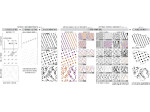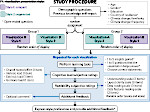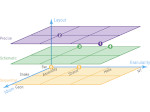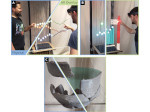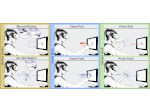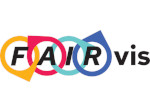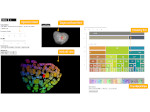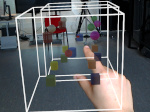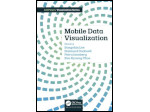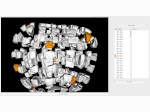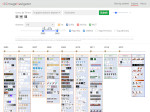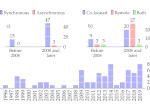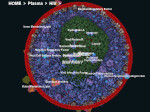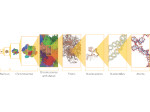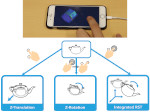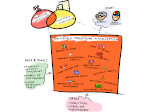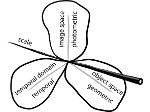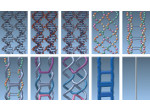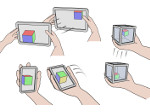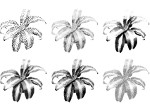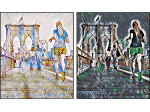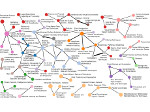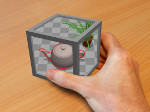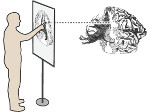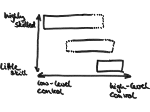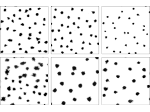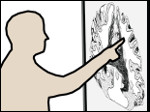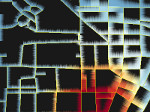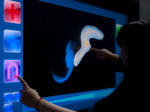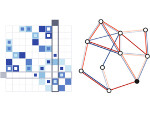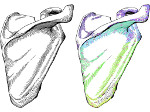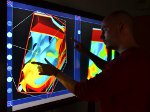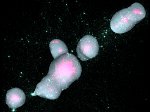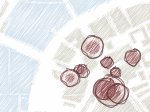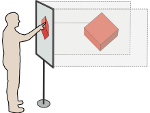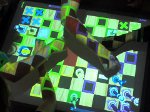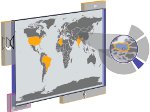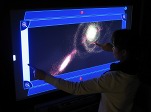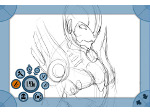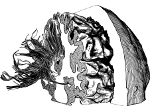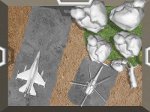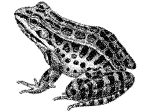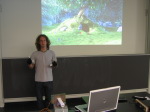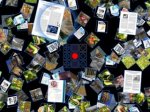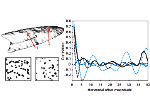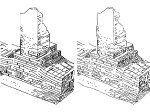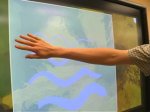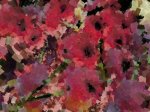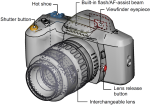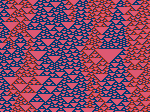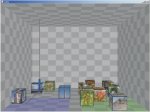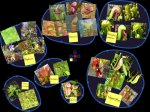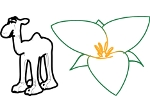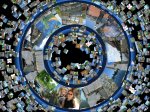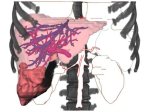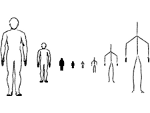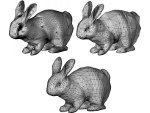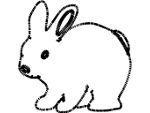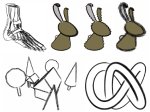Re-imagining the Scientific Visualization Interaction Paradigm
Description:
Seeing, touching, sketching, exploring—throughout history these fundamental physical activities have defined our world, regularly supporting creativity and scientific discovery. In recent years, powerful scientific visualization tools have emerged but the potential to closely couple these techniques with natural, physical, spatial human-computer interfaces remains largely untapped. To address these issues we outline a forward-looking research agenda consisting of five major challenges for natural interfaces for visualization. The technological building blocks are now in place to address these challenges to enable an exciting future where natural interfaces powerfully strengthen and expand use of visualizations in science, engineering, art, and humanities.
Paper download:  (4.0 MB; author version, for real version see the digital library)
(4.0 MB; author version, for real version see the digital library)
Video:
Get the video:
- download the video (MP4, 195MB)
- download a smaller version of the video (AVI-MPEG4, 40.1MB)
- watch the video at YouTube
Pictures:
Cross-References:
The discussion in this article relates to a number of projects/papers I have worked on, including the following:
- Data Visualization on Interactive Surfaces: A Research Agenda
- Touch Interaction with 3D Scientific Visualizations
- FI3D: Direct-Touch Interaction for the Exploration of 3D Scientific Visualization Spaces
- Efficient Structure-Aware Selection Techniques for 3D Point Cloud Visualizations with 2DOF Input
- A Design Study of Direct-Touch Interaction for Exploratory 3D Scientific Visualization
- Integrating 2D Mouse Emulation with 3D Manipulation for Visualizations on a Multi-Touch Table
- Interactive Exploratory Visualization of 2D Vector Fields
Main Reference:
| Daniel F. Keefe and Tobias Isenberg (2013) Reimagining the Scientific Visualization Interaction Paradigm. IEEE Computer, 46(5):51–57, May 2013. | | ||
This work was done as a collaboration between the AVIZ project group of INRIA, France, and the Interactive Visualization Lab (IV/LAB) of the University of Minnesota, USA.
